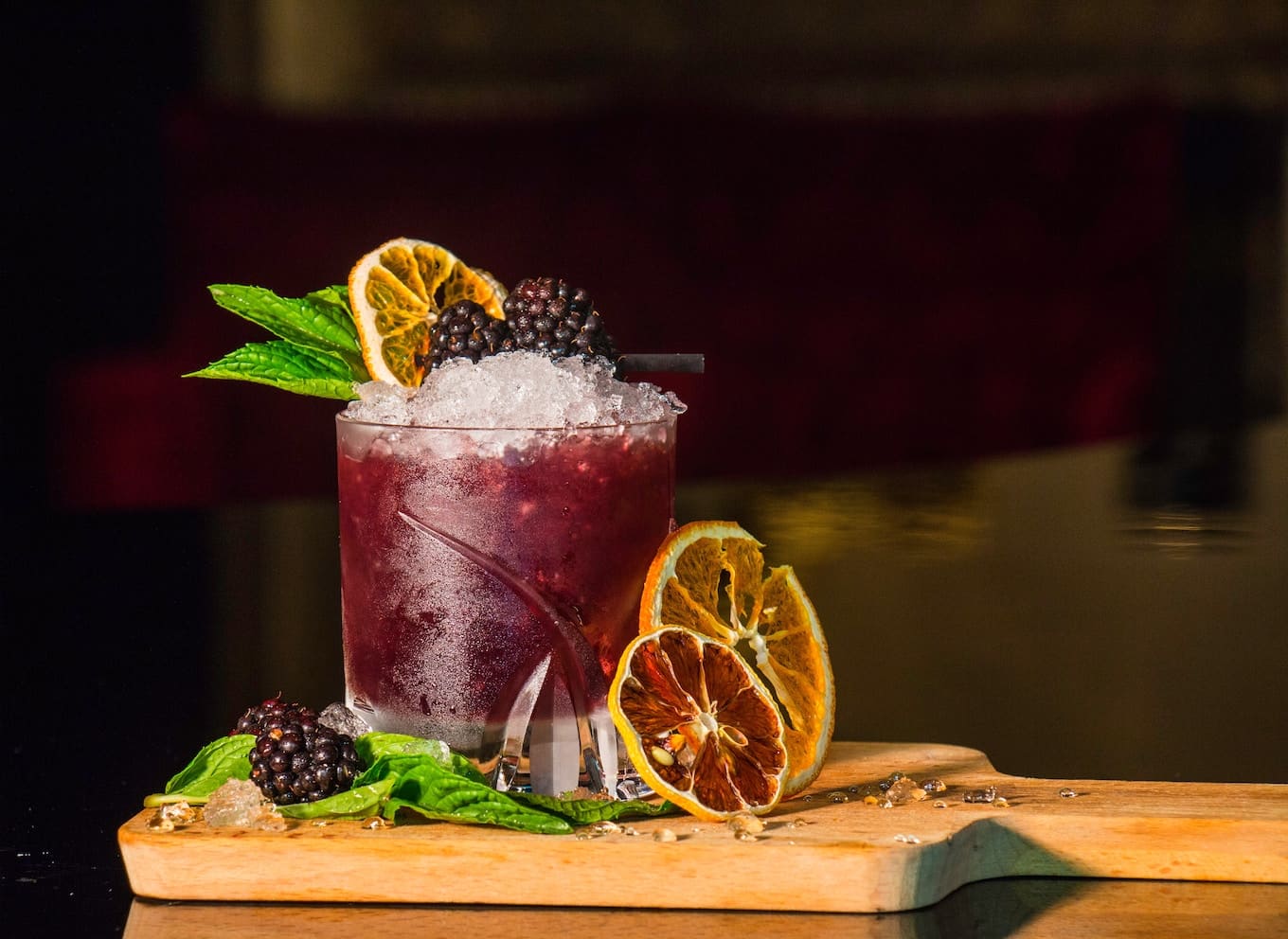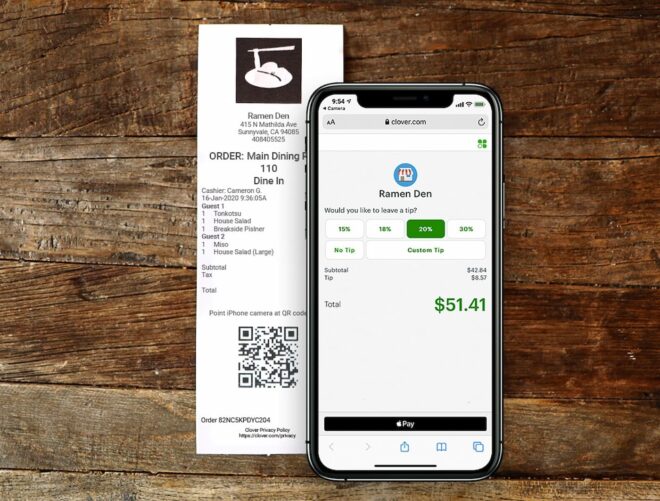Happy hour overhaul: Rethinking your drink special (Part 1)
Editorial Team
6 min read
The Happy Hour concept sells itself. As Tony Abou-Ganim, author of The Modern Mixologist: Contemporary Classic Cocktails, sums up: “Happy Hour is a great way to expand your clientele by getting them to experience your bar or restaurant at a reduced cost to them.” A win-win for consumers and proprietors alike.
The challenge is selling your Happy Hour.
How can that venerable tradition be successfully refreshed for your bar or restaurant? To learn more, we tapped some top-shelf industry experts, experienced both behind the bar and with boosting the bottom line, for a look at today’s best trends. Read on for our first 5 tips, and be sure to check out Part 2 of this article next week for 5 more.
1. Start with a goal, then work backwards to target your audience.
Experts agree that your Happy Hour strategy should always begin with a primary business objective.
Are you a restaurant aiming to draw the after-work drinks crowd and have them stay for dinner? Are you a new venue trying to attract a specific clientele? Are you an established bar trying to improve a slow weeknight or stimulate greater sales from your regulars?
Identifying that main goal should steer your focus to a target audience: the accessible customer segment most likely to deliver those results. Maybe it’s upscale professionals. Maybe it’s college students on a budget. That target audience might vary significantly depending on the day or night of the week, or even the time of year in some cases. (For example, a pub could have a college-heavy crowd September through May then need to pivot to a more family- and vacationer-oriented clientele for the summer months.)
One steadfast principle to live by: “Know your neighborhood,” advises Sam Barron, co-owner of the award-winning bars The Emerson and Suzume in Brooklyn.
Like politics, all Happy Hours are local. And hosting a successful one is fundamentally a community-building proposition.
2. More than a good deal, a Happy Hour has to deliver a great experience.
So how do you stand out and get noticed in your neighborhood?
Overall, it’s fair to say that a few standard drink specials are probably not special enough for today’s consumer—particularly millennials who, research shows, spend more time going out, and a larger percentage of their disposable income doing so, than any other demographic.
Think of Happy Hours like the trailer for a movie. The idea is to give the customer a tightly-edited but exciting taste of the bigger picture that is your bar or restaurant’s brand, a taste designed to leave them wanting more.
Elements that are unique and compelling about your place should be distilled into crafting a unique and compelling Happy Hour. As much as possible, aim to inject the personality and values of your place into the effort. Consider the very definition of special: “better, greater, or otherwise different from what is usual.” Well, if you survey the competition, discounting a few drinks is probably as common as it gets, and even less exciting.
So let’s sample some fresh trends worth making your own.
3. Get seasonal to save money and build buzz.
Abou-Ganim, a three-time Iron Chef America winner who currently operates his own beverage consulting firm for bar staff training, product education, and cocktail development, isn’t a fan of the standard 2-for-1 model.
Anything that might encourage “binge drinking as a way to build business” isn’t going to be worth it in the long-run, he feels. (Not to mention, in some parts of the country having 2-for-1 drink specials, or “stacking” drinks, is illegal. Consult your local Liquor Authority for applicable regulations.)
Instead, the renowned cocktail veteran recommends promoting quality over quantity, suggesting a standout opportunity for taking a seasonal approach to designing Happy Hour drink specials that’s still economically sensible.
“I love to work with the chef on ingredients,” he explains. “By sharing seasonal ingredients with the kitchen we can run special seasonal cocktails and utilize ingredients the chef may also be featuring, saving on waste.”
Then, for even more savings, he advocates incorporating dead stock (product taking over six months to deplete) into those featured seasonal Happy Hour drinks.
Crafting a unique cocktail experience that changes with the seasons, he contends, will ultimately yield a better, more lasting form of buzz. “Give your regular clientele another reason to experience something different at your establishment and make it a draw for them to share with friends.”
And that sharing should include social media—so plan to make hashtags an extra ingredient.
4. Try translating an old European tradition to today’s taste.
Particularly with young millennials and discriminating professionals, lighter and low-proof cocktails matched with complimentary small bites is a hot Happy Hour trend that CBL Liquid Consulting’s Claire Bertin-Lang refers to as “Aperitif Hour.”
The James Beard Award-winning online magazine PUNCH credits the phenomenon to “worldly, taste-making bartenders who have made it a point to expand upon the concept of the aperitif in ways consumers can access and enjoy”:
In structure, “the aperitif is pretty straightforward, honest and clean,” says Alex Day, David’s partner at Nitecap, who owns several other bars around the country. As such, it’s the ideal canvas for like-minded bartenders to “articulate happy hour in a more adult manner” by subtly shifting the emphasis away from draining glasses toward appreciating who you’re with, shepherded by what you’re sipping.
Call it the smart sips-and-nips approach. And those complimentary small bites can be translated far beyond the high end. Ever eaten a few French fries before dinner and not suddenly needed a whole order? Serve five piping-hot fries on a small plate with toothpicks and a dollop of chipotle ketchup or some aïoli mayo gratis and voilà—a more savory beer-and-shot special people will crave.
Another relatively low-cost idea that consistently wins big in driving thirst: organic popcorn with just a dash of truffle oil.
5. Mini-size them and deliver more with less.
Travelling the country for events and consulting projects, Bertin-Lang, who started behind the bar at 19 and now also serves as the Beverage Director for Eat Drink SF, has also noticed a lot of venues finding Happy Hour success with smaller versions of popular drinks—“like at Dante in NYC, with their $5 mini-martini”—and appetizer portions of “food items that management is hoping to showcase so people will later want to order full portions at full price.”
Another less-is-more trend that Claire sees working well these days is “the spirit-specific happy hour.” In Los Angeles, for example, hotspot Harvard & Stone does $6 one-ounce pours of any Mezcal they carry, including Del Maguey Pechuga, every day from when they open at 8pm until 9:30pm.
For even more examples of successful Happy Hour approaches, leading industry publication Nightclub & Bar has compiled this inspiring list.
Be sure to read Part 2 of this series to learn 5 more steps to making sure your happy hour stands out from the crowd.
Related Posts
‘Dine and dash’ redefined with new Clover Scan to Pay feature
Full Service Restaurants (FSR)
Cultivate a stellar restaurant staff with these hiring and management tips
Popular Topics
Stay In Touch
Sign up and learn more about Clover.
Thank you for your subscription!
Recent Stories
- Jewelry store supplies and equipment needed for opening day
- How small businesses can use employee discounts to retain staff
- Tips and tricks for opening an outdoor pop-up restaurant
Please share your contact information
to access our premium content.
Thank you for sharing your contact information.
Download Now





